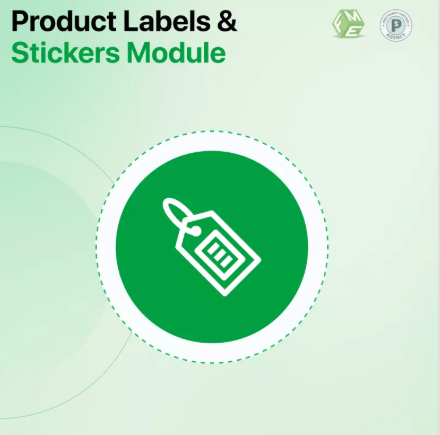In the digital commerce space, every pixel counts—especially when trying to capture attention on mobile devices. One overlooked tactic for boosting visibility and conversions is through product labeling.
With the shift toward mobile-first design, how your online store presents and organizes information becomes more critical than ever. This includes how product labels are customized and displayed.
In a PrestaShop-powered store, the customization of labels can drastically influence consumer behavior, particularly during promotions, product launches, or seasonal sales.
These small yet mighty visual cues communicate key product statuses—like “New,” “Discount,” or “Limited Offer”—helping users make decisions faster.
This is particularly valuable in a mobile-first world where users browse quickly, and their attention spans are shorter. Responsive design ensures that your product labels adapt well to smaller screens.
Whether you’re launching a new collection or clearing out old stock, customized labels give your campaigns a visual boost—without interrupting the shopping flow.
Labels become even more effective when they’re designed to complement your store’s branding while being attention-grabbing enough for mobile and desktop users.
Placement matters too. For example, top-left placement near the product image is typically where users’ eyes go first—especially on mobile devices.
Responsive design isn’t just about layout—it includes dynamic content like labels that must look sharp and function smoothly across all devices.
That’s why designing lightweight, scalable label graphics is crucial. Avoid heavy scripts or large image files that slow down page loads, particularly on mobile networks.
PrestaShop allows you to define conditional labels based on rules like inventory status, price drops, or category types. This helps automate promotions while keeping them visually consistent.
You can even apply multiple labels to a single product—like “Bestseller” and “Free Shipping”—to increase the appeal and provide immediate value to the shopper.
When doing so, be careful not to clutter your product cards. Each label should serve a clear purpose and maintain visual hierarchy to guide the shopper’s eye.
Responsive design also means accessibility—your labels should include alt text or ARIA labels for screen readers. This enhances usability and meets web accessibility standards.
To stand out in a crowded mobile space, use color theory to differentiate label types: red for urgency, green for savings, and blue for informational cues.
Store owners can utilize PrestaShop’s built-in label modules or third-party extensions to customize fonts, colors, borders, and placement—all optimized for responsiveness.
What’s often underestimated is the role of animation. A subtle fade-in or hover effect can draw attention without being distracting—just ensure it doesn’t compromise mobile performance.
Prestashop labels, when done right, become more than decorative—they evolve into strategic tools to improve browsing experience and increase conversions.
One approach to customization is time-sensitive labels, like countdown badges or “Ends in 3 Days,” which create urgency and push quicker decision-making.
You can also personalize labels based on customer behavior. For instance, display “Recently Viewed” or “Recommended for You” labels for logged-in users.
Another trend is dynamic stock alerts. Labels like “Only 2 Left!” drive urgency and tap into scarcity, which psychologically motivates quicker purchases.
From an SEO perspective, labels that are styled using text (instead of only images) can contribute to content relevance. HTML text is crawlable, aiding visibility.
This aligns well with Google’s mobile-first indexing policy, where content displayed on mobile must be accessible and well-structured.
Clean and semantic code behind your labels ensures that they not only look good but also contribute to performance and mobile SEO.
Prestashop product labels become even more powerful when tied to real-time data—like inventory updates or recent reviews—helping your store stay agile and relevant.
If you’re planning a sale event, pre-scheduling your label visibility ensures consistency across time zones and markets, especially for global e-commerce setups.
For high-performing stores, A/B testing label placement and messaging can uncover valuable insights—like which color or wording generates the most engagement.
Regularly auditing your labels is also important. Outdated tags like “New” on old products can reduce credibility and confuse mobile users, who rely heavily on quick visual cues.
Lastly, always preview your label changes across various devices using tools like Google’s Mobile-Friendly Test to ensure full responsiveness.
In summary, smart customization and strategic display of labels are no longer “nice-to-have”—they are critical in a mobile-first, conversion-driven e-commerce environment.


 :
: